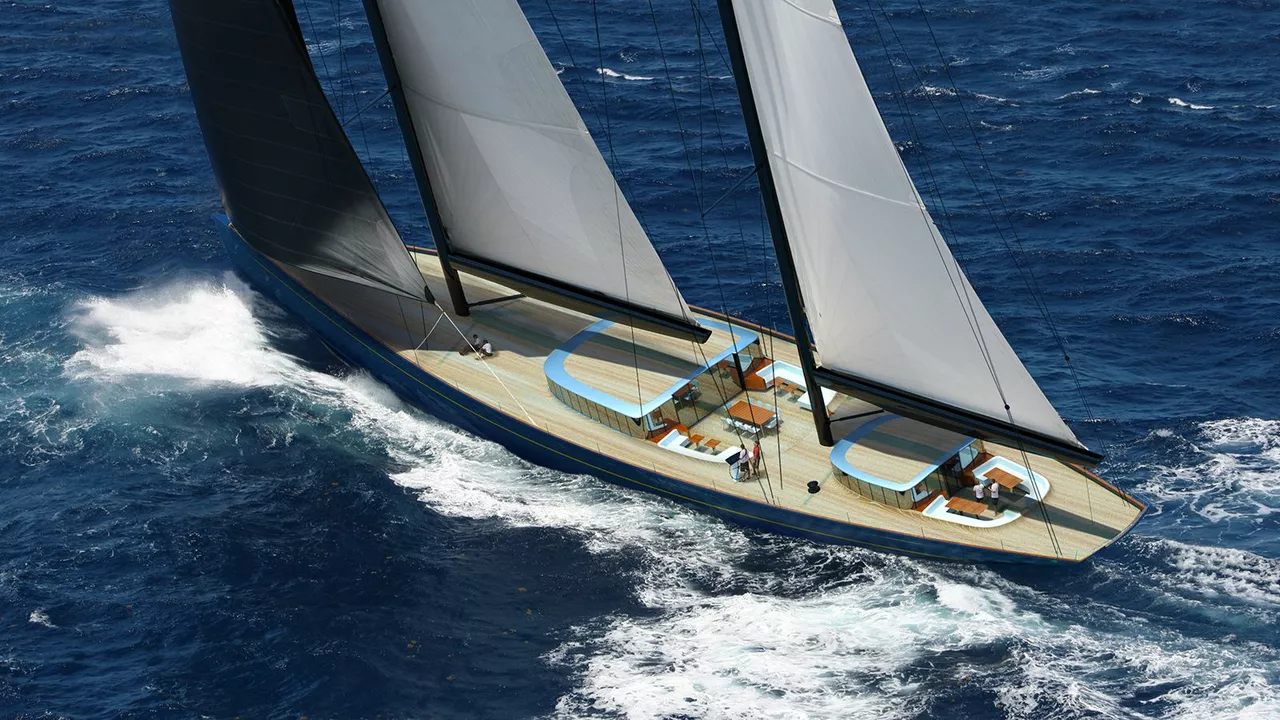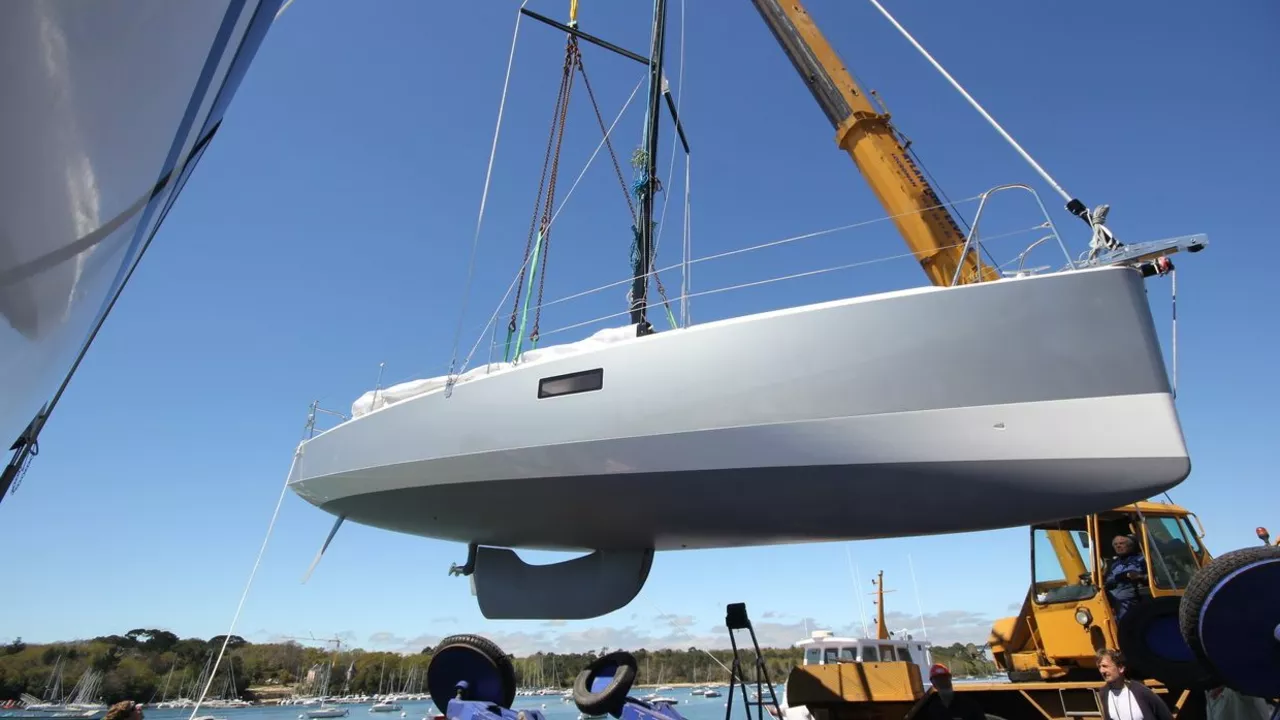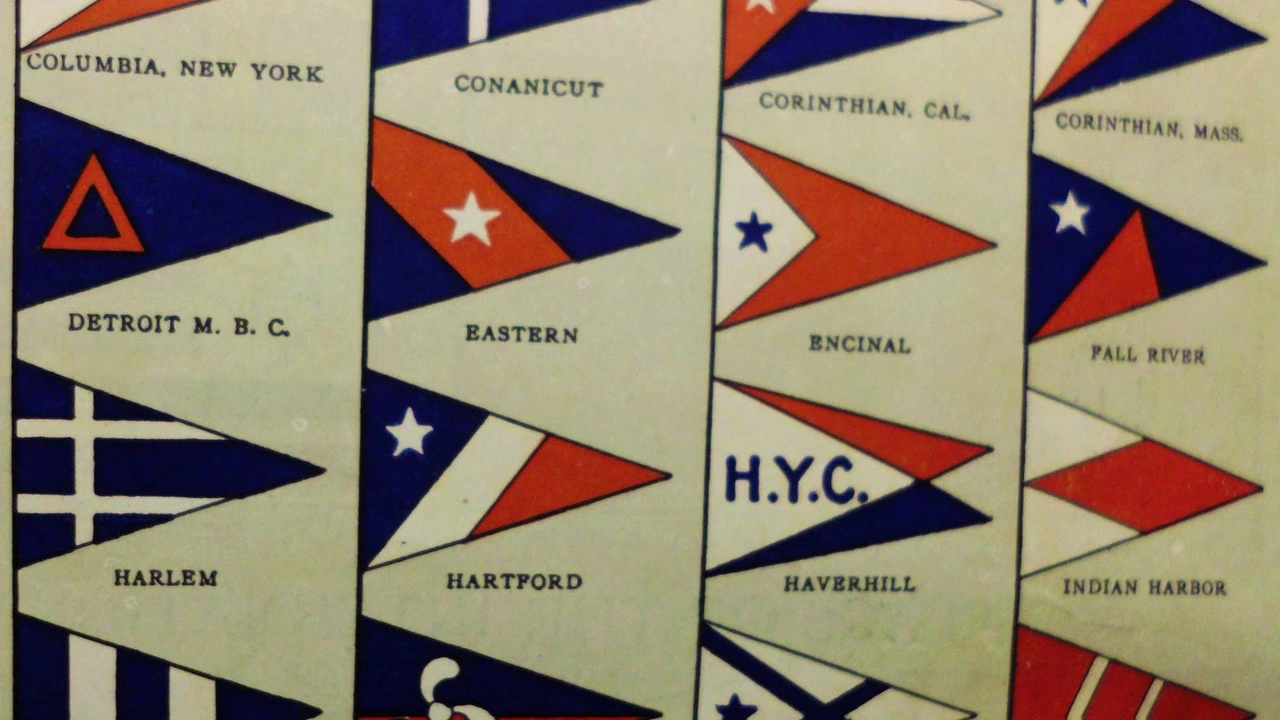Boating and Sailing Guide: Speed, Safety, and Club Flags
If you love being on the water, you probably ask yourself three things: How fast can my boat go? Is my boat built to handle rough seas? And what does that flag on a yacht club actually mean? Let’s break those questions down in plain English so you can get more out of every outing.
How Fast Can Yachts Go?
Most people picture yachts cruising at a leisurely pace, but the truth is many can hit impressive speeds. On average, a typical cruising yacht will sit around 15 to 20 knots—fast enough to get you to the next harbor without feeling rushed. Some high‑performance models, especially those with sleek hulls and powerful engines, push past 30 knots and can even reach 35 knots in ideal conditions. That’s like a car hitting 40 mph on a highway, but on water.
Speed isn’t just about bragging rights; it affects fuel use, handling, and safety. Faster boats need more careful navigation, especially in crowded marinas or tight channels. If you’re planning a race or a quick hop between islands, look for a yacht with a planing hull and a modern propulsion system. For relaxed cruising, a modest 15‑knots design will keep fuel costs low and give you plenty of time to enjoy the scenery.
Choosing a Seaworthy Sailing Boat
“Seaworthy” isn’t a fancy buzzword—it means the boat can tackle the open ocean without falling apart. A seaworthy sailboat typically has a strong, well‑balanced hull, reinforced deck fittings, and a rig that can handle strong winds. Materials matter, too: aluminum or steel frames and high‑quality fiberglass are common choices because they resist corrosion and fatigue.
Safety gear is part of seaworthiness. Look for built‑in life‑raft lockers, sturdy handrails, and reliable navigation electronics. A good seaworthy boat also has a comfortable cockpit that stays dry and a cabin layout that lets you rest even when the sea is choppy. If you’re new to offshore sailing, start with a boat that has a proven track record—many manufacturers publish sea trial data showing how their models perform in 30‑knot winds and 6‑foot seas.
Don’t forget the basics: check the bilge pumps, inspect the rigging for wear, and make sure the keel is securely attached. A quick visual check before each trip can catch problems before they become emergencies.
Now, let’s talk about that colorful flag you often see fluttering from a yacht club. It’s called a burgee. A burgee isn’t just decoration; it’s a symbol of identity for a club’s members. Each club designs its own burgee with unique colors and shapes, so spotting one can tell you which group a boat belongs to. When you’re in a marina, you’ll often see a small pole on the masthead holding the burgee proudly.
If you join a yacht club, you’ll receive a burgee to display on your own boat. It’s a sign of camaraderie and lets fellow sailors know you share the same values and traditions. Some clubs even have etiquette rules about how and when to fly the burgee—usually it’s hoisted when the vessel is underway and lowered when docked.
Understanding these three pieces—speed, seaworthiness, and the burgee—gives you a solid foundation for smarter boating. You’ll know which yacht fits your adventure style, how to choose a boat that can handle the sea, and what the flag on a mast really says about its crew. So next time you head out, you’ll feel confident, safe, and maybe even a little more stylish with that burgee flying high.
How fast can yachts go?
Hey folks, today we're chatting about the thrilling subject of yacht speeds - hold on to your captain's hat! Now, you might think these luxurious beasts are just for sipping champagne, but let me tell you, some can really zip across the waves! On average, yachts can cruise along at a comfy 15 to 20 knots, but some power-packed models can hit a breathtaking 35 knots! That's faster than a startled seagull! So, whether you're racing the sunset or just trying to outrun Monday, remember, yachts aren't just pretty faces - they've got some serious pep in their step!
View moreWhat are seaworthy sailing boats?
Seaworthy sailing boats, as the name suggests, are boats that are built to withstand the demands of the sea. These boats can handle rough waters and harsh weather conditions, making them ideal for extended sea journeys. They're designed with safety and stability in mind, often featuring special hull designs and construction materials to endure the elements. Seaworthy sailing boats also come equipped with necessary navigation and communication tools. Regardless of whether you're a casual sailor or a seasoned sea explorer, a seaworthy sailing boat can provide the assurance you need when venturing into the open waters.
View moreWhat is a yacht club flag called?
In the world of maritime tradition, the flag that you'll often see flying high at a yacht club is known as a burgee. It's not just a decoration, but an emblem of identity that signifies the club's unique heritage and prestige. Each burgee is distinctive, with designs and colors unique to the particular yacht club it represents. It's more than a flag, it's a symbol of camaraderie and unity among sea enthusiasts. So next time you see one, remember, it's not just a flag, it's a burgee - a proud badge of a yacht club!
View more

